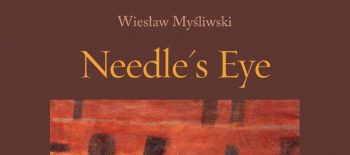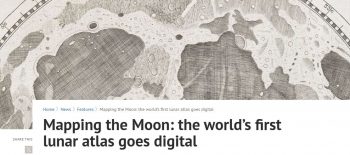To watch the videos on YouTube: PRELUDES, METOPES, MASQUES, MAZURKAS
The first offering in the series Sounds of Poland brings together the sounds of youth, inspirations from the ancient world, literature filled with mystery and symbols, and also the strains of highland folk music. Seemingly disparate, but written in the hand of one of the greatest Polish composers. Allow yourself to be swept along on a musical journey in the footsteps of Karol Szymanowski, with four new films featuring outstanding classical music artists and journalists.
About Karol Szymanowski
Karol Szymanowski (1882-1937) was a Polish pianist and composer. A representative of the so-called Young Poland movement, he is regarded as one of the most outstanding Polish composers. He began his musical education in 1889 under the guidance of his father and continued it first in Elizavetgrad and later in Warsaw. His main instrument was the piano, but he was never considered to be a virtuoso. In 1905, he travelled to Italy with the poet Stanisław Ignacy Witkiewicz, and he then co-founded the Young Polish Composers Publishing Company, later dubbed Young Poland.

The year 1906 brough the Company’s first concerts in Warsaw and Berlin. Over subsequent years, Szymanowski repeatedly visited Berlin and Leipzig, and in 1908 he returned to Italy. In 1912 he settled in Vienna, where he began working with Universal Edition, which still prints some of his compositions. Between 1914 and 1922 Szymanowski travelled to Italy, France, the UK, Russia, North Africa and the US. In 1922 he made his first trip to Zakopane since the First World War, and over many subsequent visits he expanded his knowledge of Polish folklore. From 1927 to 1932 Szymanowski was director of the Warsaw Conservatory and rector of the Music Academy. From 1930 he lived at his Atma villa in Zakopane, which today houses a museum devoted to his work. In the years 1933–1936 he performed in concert across Europe. He died of tuberculosis in 1937, in Lausanne, Switzerland.
Karol Szymanowski’s music derives from the late Romantic tradition, but it also betrays many impressionistic influences. Thanks to frequent sojourns in Zakopane, he got to know the traditions of Polish folklore and incorporated them into his works. While his early output contains more instrumental works, the later works are predominantly orchestral music and vocal music with instrumental accompaniment, including operas.
View the full Sounds of Poland playlist here.




